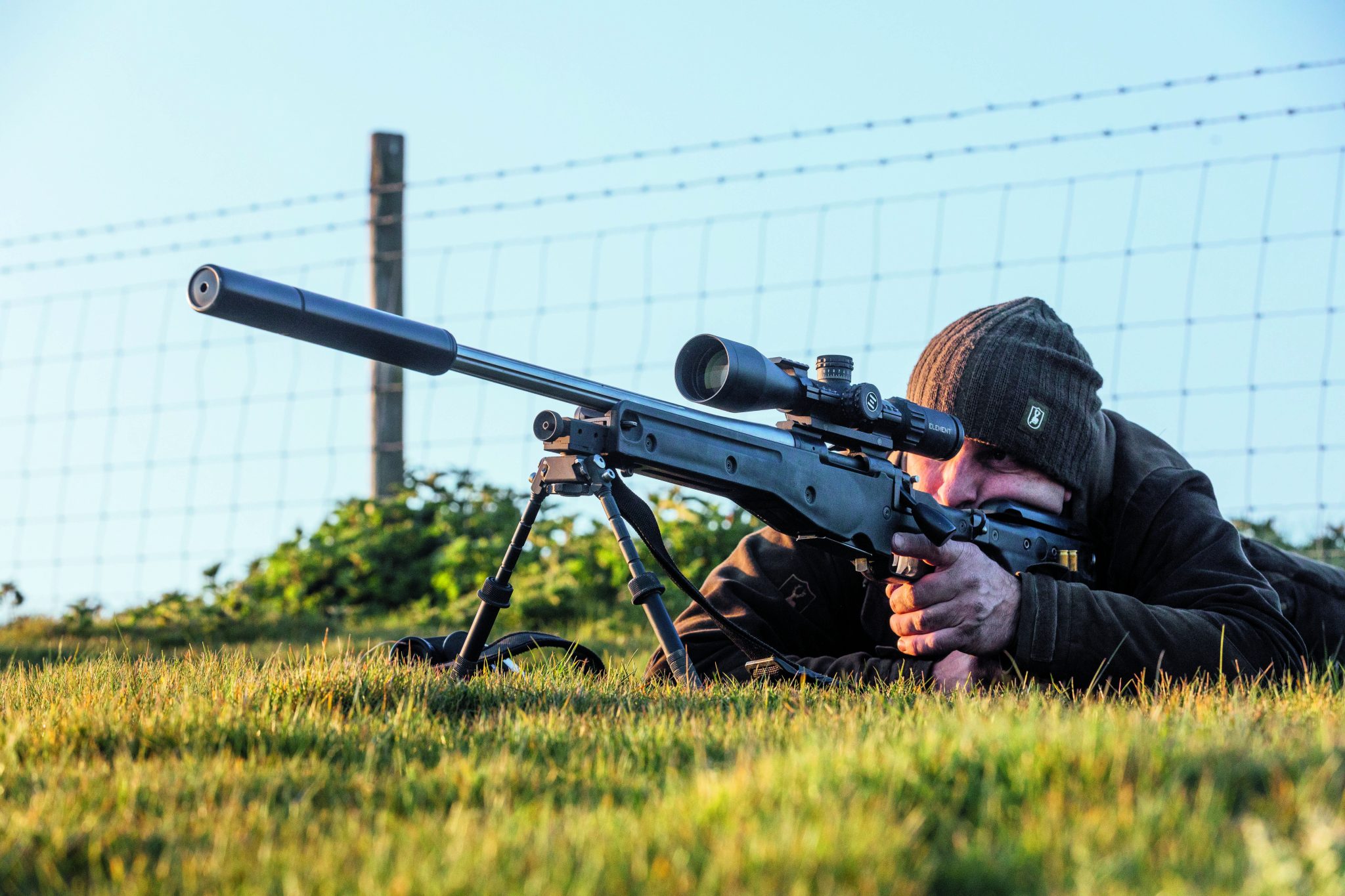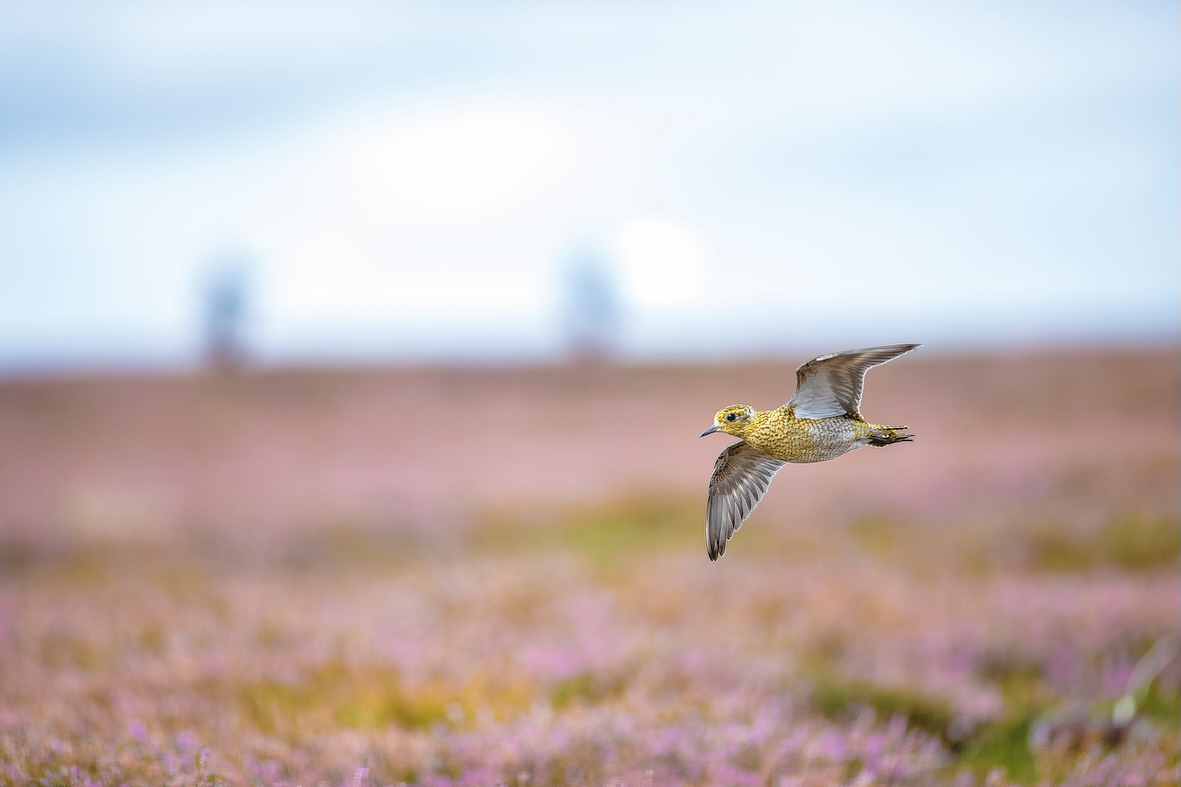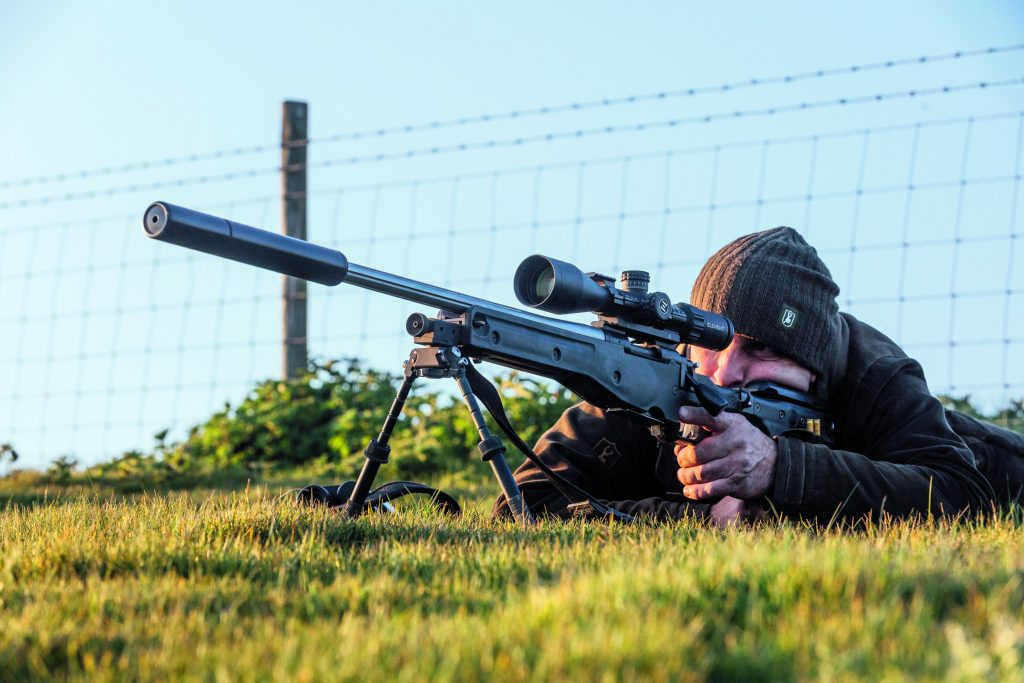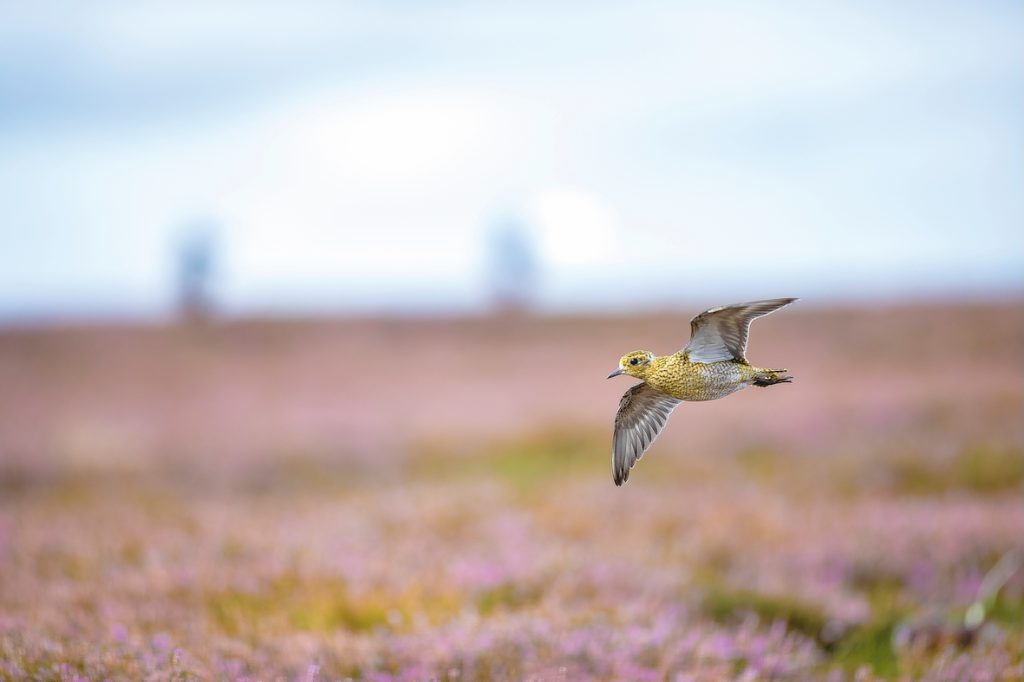News
A conference on grouse moors – attended by well-known Shots and keen rewilders
Would you like to speak to our readers? We offer sponsored articles and advertising to put you in front of our audience. Find out more.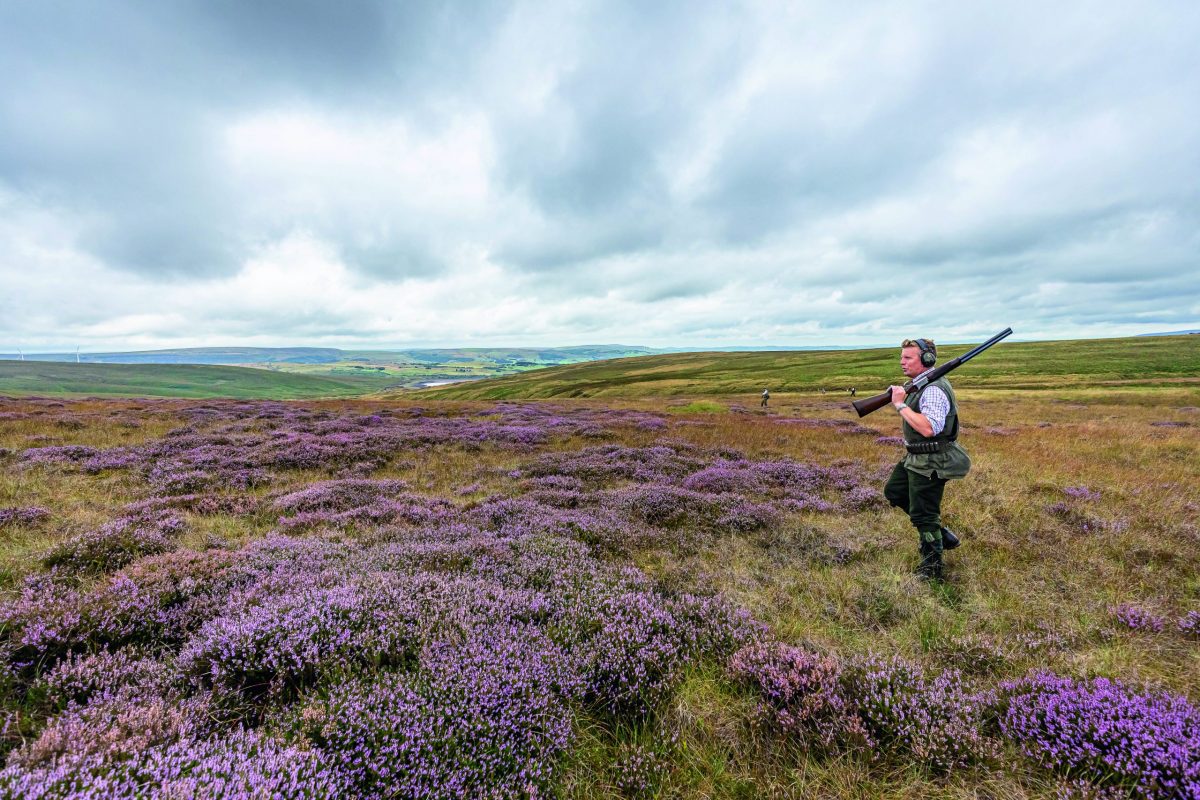
There was determination and exasperation in his voice in equal measure: “You’re definitely coming, aren’t you?” In truth, I wouldn’t have missed it. The chance to spend even a few hours on the moor is an opportunity I take when I can. But organising a conference entitled Why Moorlands Matter, to try to spread the word of the importance of these places, had proved more difficult than Tarquin Millington-Drake had imagined.
He had put together a list of speakers and hospitality that most people would have spent a large sum on. The private (deliberately unnamed) lodge, complete with chef and great wine, was laid on in an effort to get both sides of the driven grouse moor argument to come together and talk. I guess it’s what young people would call ‘a safe space’.
But the shooting side was letting him down by dropping out, and that was disappointing.
In truth, it is more than an argument. There is a battle going on for the very survival of the uplands as we know them, and the stakes are as high as they get for many of the species. If the management of heather moorland is decided on high by those who have little understanding of the consequences, then an already precarious future will become a disastrous certainty.
At best, our uplands are a patchwork of interconnected habitats that suit a diverse range of species. At worst, a monoculture solely concerned with the needs of a few. It’s not all about grouse; it’s not all about nesting curlew or lapwing; it’s not all about short-eared owls or hen harriers; it’s not all about human economic production and the communities in which they live. All those elements must be included in our attempt to foster a rich and varied environment.
But the debate has become toxic and the very words both sides have used in discussions have been weaponised. Those who oppose driven grouse shooting in particular talk about industrial management instead of effective management. Keepers talk about ‘vermin’, itself an emotive word, while preservationists refuse to consider proven methods of predator control.
But to study the arguments of those with whom we disagree is what Tarquin’s seminar was aiming to do. Not to defeat a perceived enemy but to better inform our own decision-making as well as communicating our position, which may have been misrepresented in the media. There is no better way of making a point than to take a safari-style game drive morning and evening to see the abundance of chicks of all kinds of ground-nesting birds that frequent this internationally important habitat.

Lapwings and other ground-nesting birds thrive on the moors
Curlew and snipe
The first evening of our arrival and the urgent business of parenthood is all around us. A bold curlew expresses its indignation right next to the vehicle and we draw slowly on to avoid any further upset. As we go over a cattle grid, something catches my eye and I ask if we can reverse so I can get a better look. Two snipe are in a wet, shallow ditch under a wall, one clearly a well-grown chick — to see snipe chicks is quite extraordinary.
We are only moving between the pasture and the edge of the moor and already the volume of life is breathtaking. If you’ve never been to a grouse moor in spring, you should really do so. It will be a revelation. But it is not all success: there are no footpaths on this moor but walkers have already ventured too close to the nests of the harriers, both of which have been abandoned. Contrary to what many might expect, this is a blow for Bowland as grouse interests are eager to prove that harriers can be accommodated. Only with them successfully nesting can sensible discussions about brood management move forward.

Grouse moors are often focal points of local communities — beating provides welcome income
The information flow is rapid and there is a lot to absorb for someone new to a spring moorland — I spend most of my time in Norfolk. The seeds of cotton grass are like Red Bull for grouse chicks, I’m told. The chicks need both insect protein and young heather, otherwise their guts do not fully develop. Parenting styles between species become obvious: the gamebirds are far more cautious parents; the waders border on negligent. There is a clear need for early spring predator control to make the crucial fledging month of May far easier for both.
What also becomes clear is that some delegates have come along with the preconceived notion that grouse moors make money for their owners. They are shocked to discover that north of £300,000 can be sunk in one year, with no guarantee of a grouse over a butt. For many, the benign self-interest of grouse moor owners comes as a surprise and is reflected in the fact that the lodge has more pictures and sculptures of curlew in it than of grouse.
The difficult subject of muirburn is addressed, ironically at the same moment that a significant acreage of an RSPB reserve in Scotland is on fire, partly due to the misguided policy of a greenwashed government, seemingly with its mask set for a ban on muirburn and grouse shooting.

Many of those at the conference are surprised to learn that not all grouse moors make money

Listening to grouse keepers is always time well spent
Mowing works, but the woody heather skeleton left by cool, fast burning at the right time of year is natural cover for chicks of all kinds against aerial predation, with the added bonus that the sheep don’t like them up their noses either.
Medicated grit is discussed with cutting-edge ideas on how to use it wisely. Depth of grit in trays, it turns out, is important. Analysis has been taken to such an extent that microscopic examination of gizzard contents under different light conditions showing colour preference gives me an insight into the research-level thinking that goes on in the most enlightened keepering circles.
The conversation moves to non-lethal preventative measures being taken to deter lesser black-backed gulls from quartering the moors. The scientific method combined with generational, practical experience of what works is where both sides are at their best, and although some campaigners on this topic refuse to acknowledge it, there is more that unites us than divides us.

Muirburn creates important regrowth and is effective in fighting wildfires
Cash cow
The conversation inevitably comes back to money. Grants for carbon capture and storage have made the uplands a possible cash cow to be milked at the same time as agricultural income in these areas is falling. For some, the demonisation of grouse shooting may have a barely hidden ulterior motive, but there are lots of voices and many are worth listening to.
The difference is that those communities bound up with the land in which they live have rarely been listened to. Talking to those who make decisions and showing them why land managed for grouse shooting is both irreplaceable and highly vulnerable may be difficult, but without those trying to cross the divide, both grouse shooting and the landscape in which it takes place are on borrowed time.
Related articles
News
A sound decision as moderators to be taken off licences
The Government has finally confirmed what the shooting community has long argued – that sound moderators should be removed from firearms licensing controls
By Time Well Spent
Gamekeeping news
News
Devastating effects of keepers downing tools
A 20-year experiment highlights the dramatic decline in our red-listed birds after predator control ends, proving the vital role of gamekeepers
By Time Well Spent
Manage Consent
To provide the best experiences, we use technologies like cookies to store and/or access device information. Consenting to these technologies will allow us to process data such as browsing behavior or unique IDs on this site. Not consenting or withdrawing consent, may adversely affect certain features and functions.
Functional Always active
The technical storage or access is strictly necessary for the legitimate purpose of enabling the use of a specific service explicitly requested by the subscriber or user, or for the sole purpose of carrying out the transmission of a communication over an electronic communications network.
Preferences
The technical storage or access is necessary for the legitimate purpose of storing preferences that are not requested by the subscriber or user.
Statistics
The technical storage or access that is used exclusively for statistical purposes.
The technical storage or access that is used exclusively for anonymous statistical purposes. Without a subpoena, voluntary compliance on the part of your Internet Service Provider, or additional records from a third party, information stored or retrieved for this purpose alone cannot usually be used to identify you.
Marketing
The technical storage or access is required to create user profiles to send advertising, or to track the user on a website or across several websites for similar marketing purposes.


